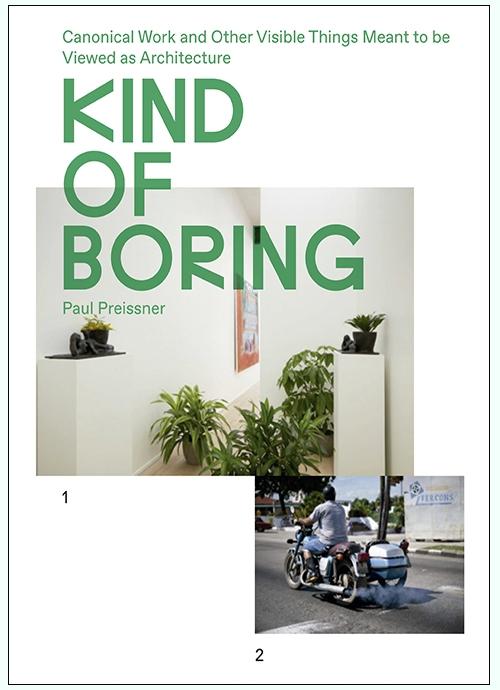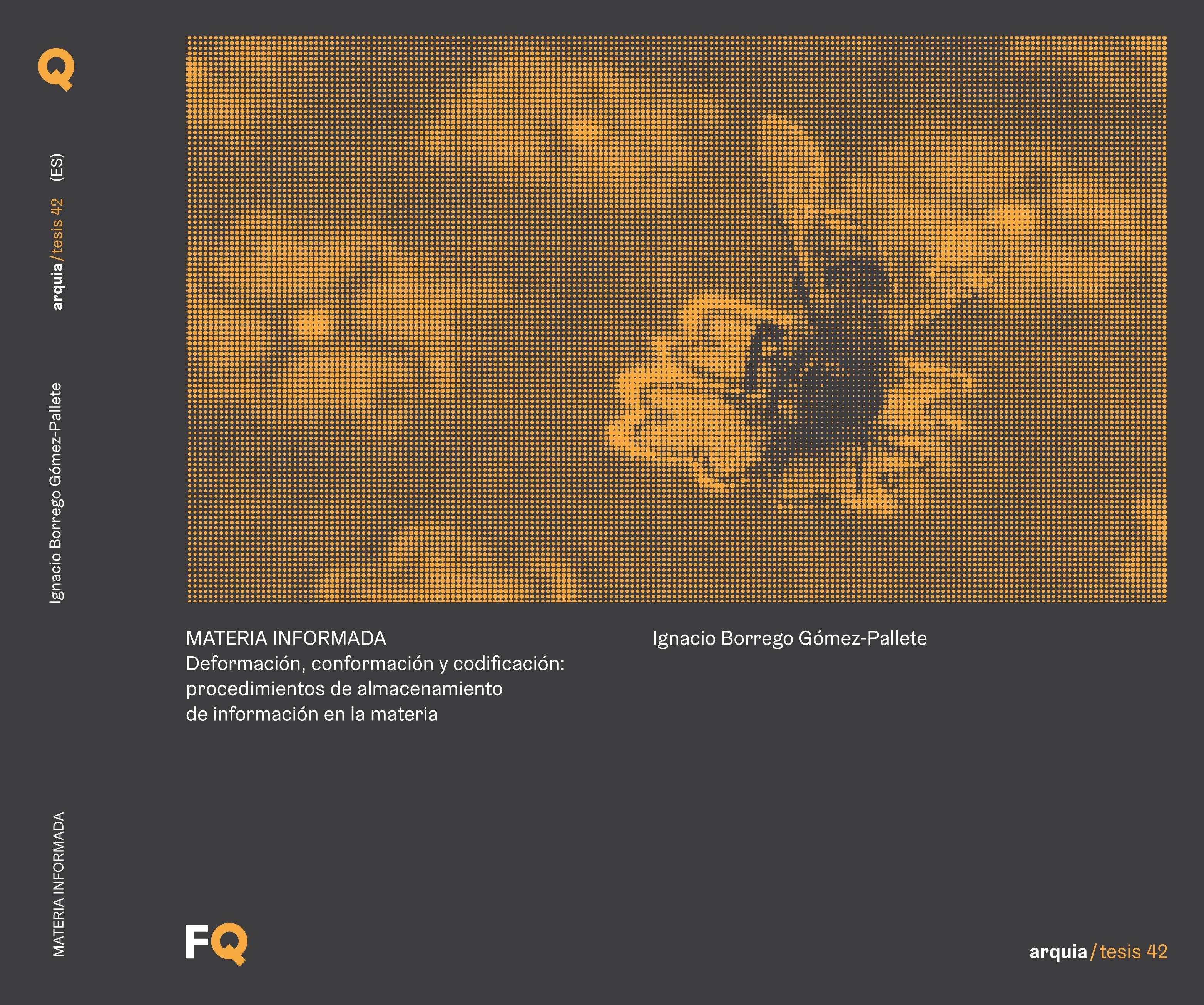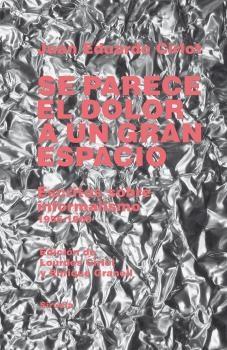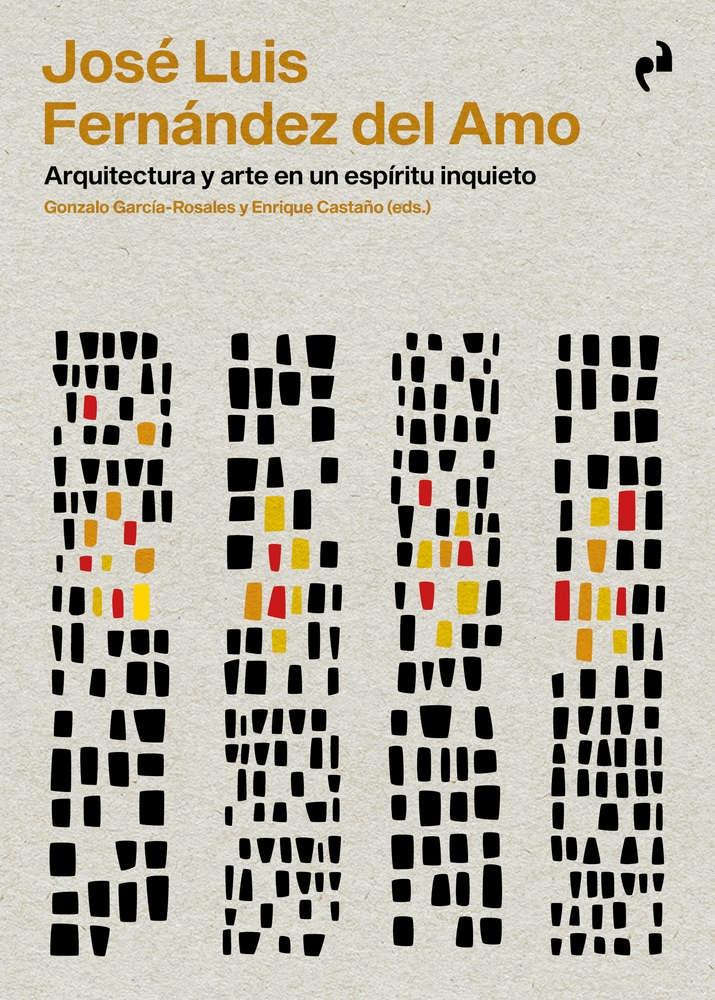KIND OF BORING. CANONICAL WORK AND OTHER VISIBLE THINGS MEANT TO BE VIEWED AS ARCHITECTURE

Autor/es
- EAN: 9781948765138
- ISBN: 978-1-948765-13-8
- Editorial: ACTAR
- Año de la edición: 2020
- Encuadernación: Rústica
- Páginas: 244
- Materias:
teoría: arquitectura y arte
Sin stock. Envío en 15/30 días
pvp 35,00 €
Being boring (or boringness) has been one of the qualities of architecture an architect desperately tries to avoid. Not to provoke (or at least try to provoke) some reaction from one's audience is to admit to a lack of ideas or an absence of creativity. In Kind of Boring, Paul Preissner rejects the idea that architecture should demand anything from its audience. The 'boring and dumb' architecture documented in this book leaves us alone. In this way, the work of Paul Preissner Architects produces a conceptual space, a meaning independent of our relationship to the work; we can only understand (or misunderstand) it. Kind of Boring looks at the origin of architectural ideas behind a work and the theoretical and practical consequences resulting from an architecture that prioritizes class politics through experimentation with formal practice. The book presents an alternative to contemporary architecture through a kind of work which embraces normalcy, and weird deviations from such, making a kind of architecture which explores basic form, anonymous history, and the effects of indifference and inattention to make the normal weird. The book composes source material for the ideas behind the projects mixed with the projects themselves to present architecture in the same way it is understood (or misunderstood) in the world; within visual contexts. The projects are then offered for deeper review through their drawings and contributed essays, inquiring into an architecture which resists genre categorization, appreciates sloppiness in a field committed to precision, and makes room for intuition and less formal precedent. Through a lot of drawings, some essays, and many pictures, this book documents what happens when architecture stops begging for our attention and instead makes space for reflection





